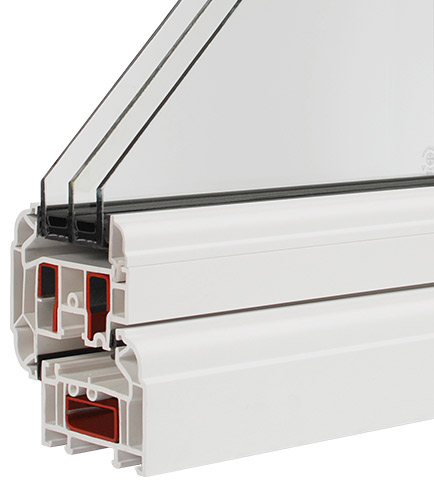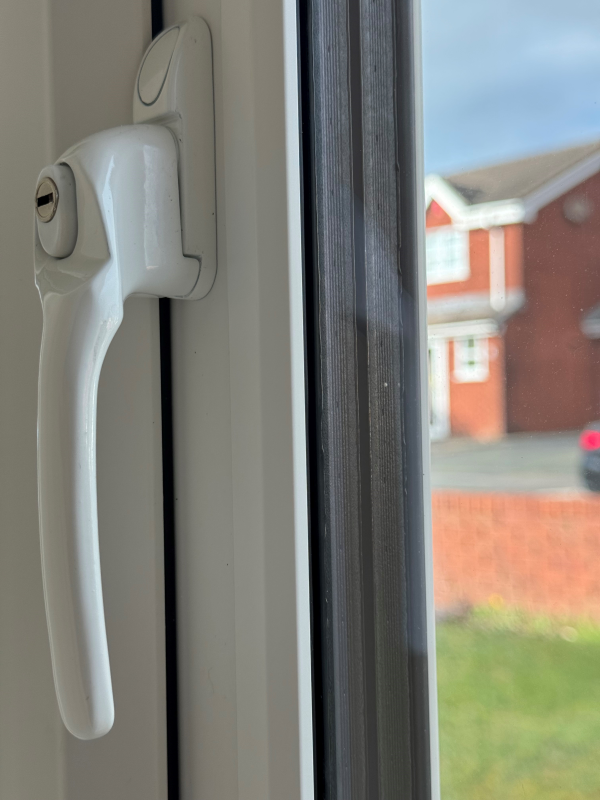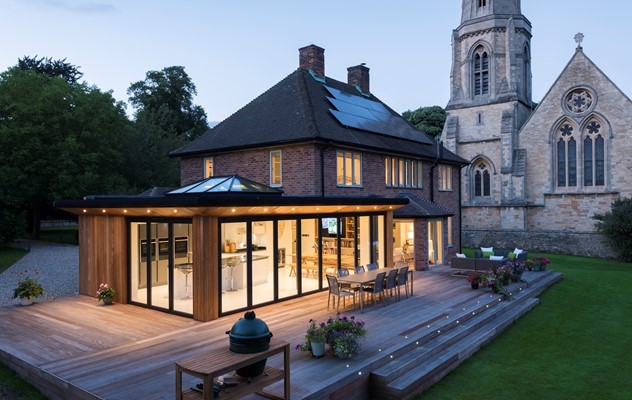Is Triple Glazing Better Than Double Glazing

Why should I buy Triple glazing instead of Double glazing for my home in Devon or Cornwall.
Deciding on the correct type of glazing for your property is a big investment so whether you’re considering triple glazed windows over double-glazed windows, here is some advice on selecting if they are worth it, for you.
Triple glazed windows are becoming the leading choice for today’s windows buyers particularly in the aluminium space – but long-standing concerns about the real benefits outweighing the perceived costs can still be a grey area. In this blog we hope to address some of these concerns for you.
Triple glazed windows cost around 20% more than double, why should anyone you choose it? Advocates point out that it’s more about quality and comfort and customers should consider triple glazing for the same reasons they central heating.
Here’s what you need to consider when weighing up the pros and cons of if triple glazing is worth it.
What is a Triple Glazed Window?
Basically, triple glazing contains three panes of glass within a sealed unit, the same as double glazing contains two. Between the panes of glass there is either an air gap or more commonly inert gas, typically argon as it is heavier than air this works as an added insulator for both noise and heat insulation.
The centre pane of glass creates two air locks, improving the energy performance of standard double glazing by approximately 50%.
Double or triple glazed units are further enhanced with the inclusion of warm edge spacer bars around the external of the unit that reduce thermal bridging, argon gas as previously mentioned and the different coatings of glass available to reduce internal heat loss.
The type of frames themselves also have a large bearing on the overall performance (as well as the insulation).
Is Triple Glazing Better than Double Glazing?
Energy Performance
The building industry standard for comparing the energy performance of building materials such as windows in this case is to use the U value measurement.
The major glass manufacturers have invented ways of tinting glass that are able to keep the heat in, reject natural sunlight, reduce glare or even self-clean. The result of this means the U values of glazing can be manipulated greatly to achieve lower results.
Traditional single-glazed windows aren’t well insulated, with U-Values around 5.8 W/m2K, which is much higher than the standard double glazing we see on most properties in the UK.
U-values for double-glazing windows are typically 1.4 W/m2K, which can, of course, vary depending on the material used for the frame.
Triple glazing consisting of three panes of glass rather than the standard two. The extra pane improves windows’ energy rating to A or A+ and noise reduction, resulting in typical U-values 0.8 W/m2K.

What are the Benefits of Triple Glazing?
Thermal levels: though a double-glazed window is adequate, a triple glazed one will provide much more comfort, as it hangs onto heat just that little bit better. Surface temperature of an energy-efficient double-glazed window is 16°C in a room heated to 21°C where triple glazed can offer 18°C which is 2˚C warmer.
Acoustic performance and noise reduction: double-glazed windows can achieve an acoustic performance of around Rw32 which can be improved into the low 40’s with certain types of triple glazing. That can mean the difference between a good night’s sleep and a disrupted one on a busy road.
Reduced risk of condensation: triple glazed windows with their lower U values aid towards minimising internal condensation issues as the heat is kept internally typically stopping the cold external temperature reacting with the internal warm air that results in condensation. (Nonetheless, the primary cause of internal condensation is high internal humidity levels caused by tumble dryers/bathrooms/kitchens and lack of adequate ventilation)

Window Ratings, Heat Absorption and Solar Gain
Windows react differently to walls and roofs in that, when the sun is shining, they can attract heat. The very best double-glazed windows already are capable of being net heat contributors over the course of a heating season. Triple glazed windows slightly reduce the heat absorption characteristics of double-glazed windows.
The BFRC has devised a scheme for the energy labelling of windows. The top rating is reserved for windows that are calculated to absorb as much heat as they lose, and they include both double and triple glazed windows.

Does Triple Glazing Add Value to my home?
You may not have noticed yet, but the pressure is on to improve the energy performance of our homes and we are now reaching the stage where double glazing will no longer be enough.
The government is increasingly under pressure to reduce carbon emissions and global warming being ever more important in the public’s conscience, properties that reduce energy usage through build design or upgraded features are looked on favourably currently.
Triple Glazing Examples
The overall width of the unit combined with the type of glazing, gas and spacer bar will affect the overall u/value of your glazing, it is best to discuss these options with your window supplier as not all unit sizes are available for all window and door products.
| 28mm | 4-8-4-8-4 | 1.3 W/m²k |
| 36mm | 4-12-4-12-4 | 0.9 W/m²k |
| 40mm | 4-14-4-14-4 | 0.8 W/m²k |
*All units are based on 4mm glazing, warm edge spacer, argon gas filled cavities and the internal pane facing the room including a low emissivity glass.

40mm Triple Glazing
Should I Switch to Triple Glazing?
There are people who argue that triple glazing doesn’t make sense in the UK climate and is better suited to colder countries. Triple glazing is more costly to produce, produces much heavier sections and has an embodied energy approximately 50% higher than double glazing.
However, triple glazing supporters tend to argue that crude calculations of initial costs versus U-values and energy bills. The big plus to triple glazing is that it adds an elusive comfort factor to life indoors in the colder months which, once experienced, is something most homeowners are willing to pay more for.
Personally, I am a convert. After purchasing an 80’s property with old double glazing, we decided to replace it with 40mm triple glazing with 2 low emissivity internal glass coatings with a u-value of 0.7W/m²k Our home has never felt warmer, and it’s a lot quieter than we expected too.
How Much Do Triple Glazed Windows Cost?
We hope this article has helped you understand some of the benefits of triple and double glazing. However deciding which type of glazing is right for you is entirely your choice.
To find out more about the types of triple glazing available across our range of uPVC, Aluminium, Timber, and composite door ranges call us on 01752 841008 for a chat or head to our website.

